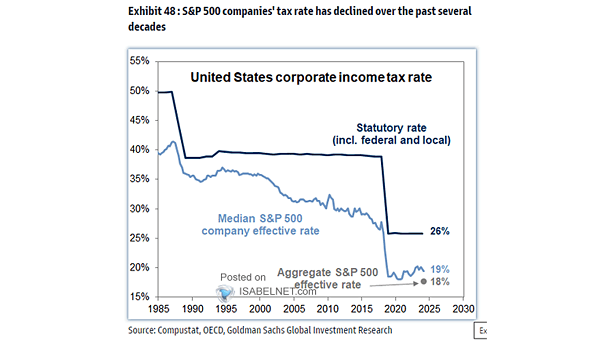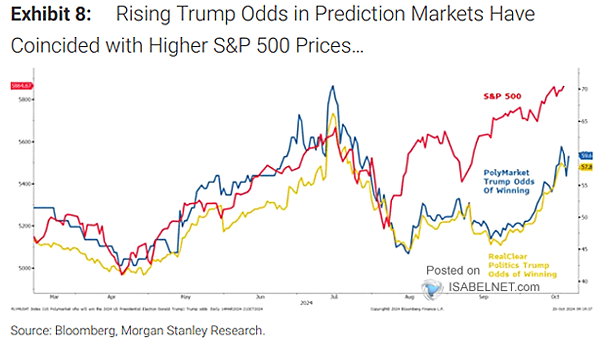U.S. Corporate Income Tax Rate
U.S. Corporate Income Tax Rate The trend of declining effective tax rates among S&P 500 companies reflects broader economic shifts and policy decisions that have shaped the landscape of corporate taxation in the United States. Image: Goldman Sachs Global Investment Research


